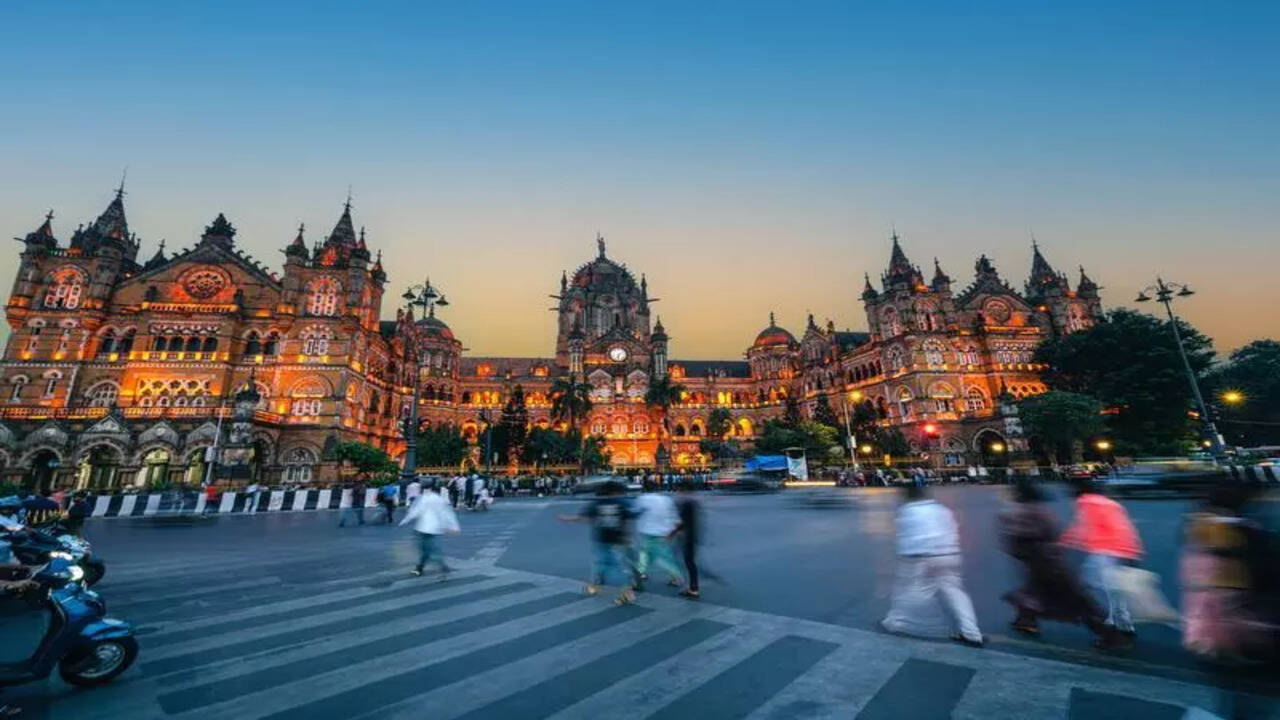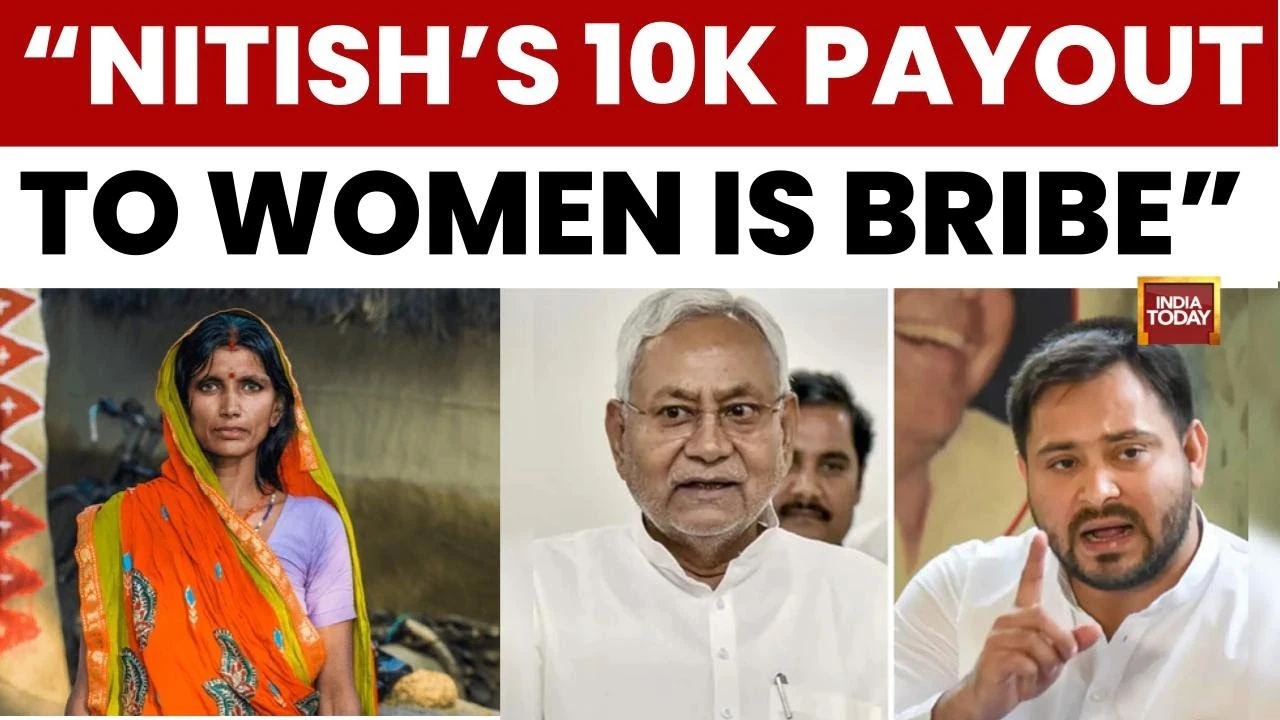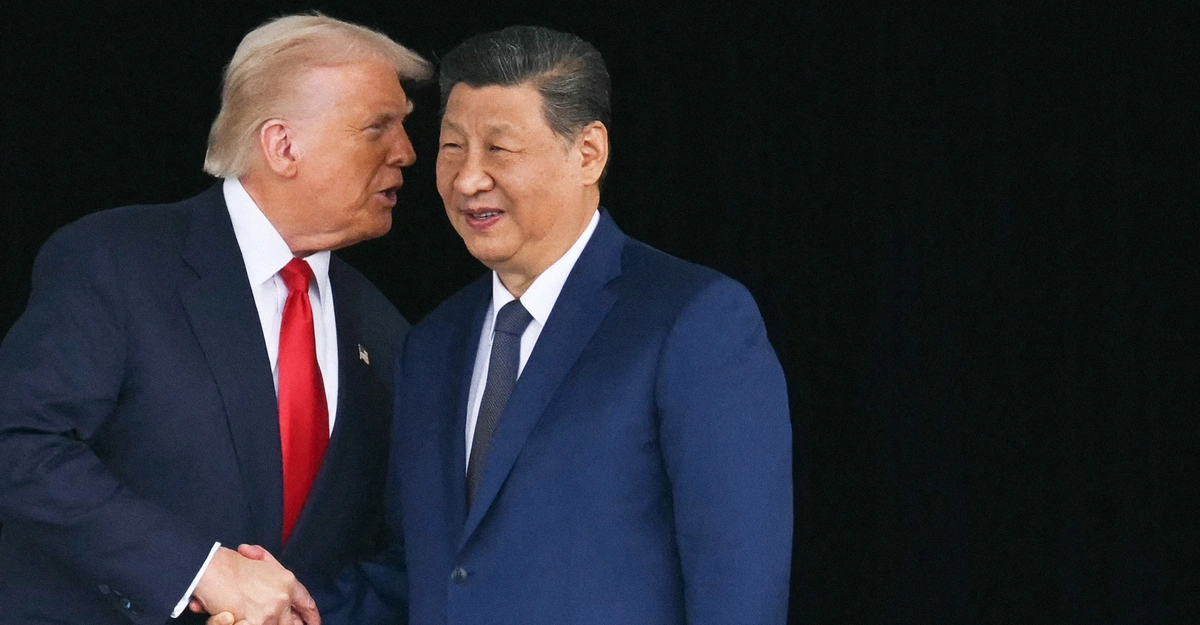Copyright indiatimes

Mumbai has always been a city of polarities. Here, the rich and poor hustle side by side — one in their rising towers, the other on the ground, dreaming of skies. Religion, caste, gender and politics weave through the city’s class divide, making conflict, as author Murzban F Shroff says, “part of the city’s very DNA.” “There is a constant interplay of darkness and light, defeat and resolution, adversity and empathy. It is the story of many lives, many journeys,” he says.But how do you fit this “crazy, teeming, juggernaut of a city” into a single story? “If the city’s diversity was to be captured in all its hues, what it needed, clearly, were a multitude of stories working at multiple levels, to show its polyphony,” Shroff believes.That idea led to his acclaimed Breathless in Bombay (2008), followed by Muses over Mumbai earlier this year. His latest stories span the veg–non-veg divide, alcoholism, terrorism, corruption, communal prejudice, corporate greed and urban conspiracies. “An overarching novel would not give me the latitude to cover all these issues,” he says.Shroff is part of a growing tribe of writers making room for the “Bombay short” in Indian English literature. In the past two years, publishers have released several anthologies — Maya Nagari: Bombay–Mumbai (edited by Jerry Pinto and Shanta Gokhale) and Mithun Number Two and Other Mumbai Stories (by Jayant Kaikini, translated by Tejaswini Niranjana) in 2024, alongside The Only City edited by Anindita Ghose and The Way Home by Gokhale. Poet-lyricist Gulzar’s Aamchi Mumbai, co-authored with Rakshanda Jalil, is due in January.Delhi-based publisher Karthika VK of Westland Books says this surge owes less to fashion and more to devotion. “Bombay has been particularly fortunate to have writers who feel a special connect with the city they live in and are willing to commit time and energy to the task of anthologising. We are just greedy for great stories,” she says.A relationship with the cityFor Anindita Ghose, the initial impulse to edit a city anthology was, as she says, “selfish.” “I wanted a home for a short story set in a Bombay housing complex that I had been thinking about since Covid,” says the author and journalist. The idea grew as more writers joined in. The collection now features Manu Joseph, Ranjit Hoskote, Diksha Basu, Namita Devidayal, Raghu Karnad and Jairaj Singh among others. “I sought writers for whom Bombay was a defining feature — in their life or in their oeuvre. Some of the writers are ‘born and raised’ here. But that is not true for all. What is common between all is that each has an almost alchemic relationship with the city,” she says.Jairaj Singh, whose story Where the Lights Never Go Out follows a drifting screenwriter, says Bombay “forces you to have a relationship with it.” “Its power and beauty lie in how it can make itself a stranger to someone who’s lived here for generations, and a home to someone who’s just arrived,” he says.Why the short story fits BombayBombay lends itself to short fiction because it mirrors the way the city works. The city’s scale resists the slow architecture of the novel. There are too many beginnings, too few endings. The short story moves at the city’s speed.Veteran writer Shanta Gokhale, 86, has engaged with the short story for as long as she can remember, though a collection of her own eluded her until now. The Way Home, which she began work on last year, “was an act of committing to writing some of the stories that I had imagined at one time or another in the last couple of decades.” Most of her stories centre women; in The Quilt, a handmade fabric becomes a metaphor for love, heartbreak and comeuppance.Publishing for the sake of it?Unlike Marathi short stories, which Gokhale says “have a very large readership, built up at least partly by Diwali literary specials that have appeared annually for over seven decades,” English short fiction has never enjoyed the same reach. Marathi collections by leading writers have gone into multiple editions.In contrast, Anish Chandy, founder of Labyrinth Literary Agency, estimates the market for an English anthology at “about 1,500 to 2,000 copies.” Karthika puts it higher, with an average first print run of 3,000 to 5,000 copies.Chandy says there is “some beauty and vanity in the act of producing something knowing that it is for a small market.” Even so, he believes Bombay short stories hold a lasting space in readers’ minds. Ghose agrees: “I’ve heard firsthand from publishers that short stories are hard to sell. That poetry is hard to sell. And yet, both continue to be published.” Shroff, a seven-time Pushcart Prize nominee, echoes the sentiment. “A well-intentioned piece of work will always find its way home and draw its own benefactors, supporters and readers.”The anatomy of a Bombay shortWhen Karthika reviews city anthologies, she looks for stories that “allow readers to reimagine their city.” She cites Kaikini’s Mithun Number Two as an example: “Jayant captures the city and its people, especially the wandering, rambling, migratory nature of it, visually, viscerally, and Tejaswini Niranjana’s brilliant rendering of the original Kannada into English allows so many more readers to access his imagination.”Shanta Gokhale, who co-edited Maya Nagari, values “lived experience, acute observation, economy of language and meticulous craft.” “The writer must show a sympathetic engagement with the characters s/he has created,” she says. “I enjoy wit and whimsy in a story and judicious ambiguity when it is called for.” Above all, she believes, a writer telling a Bombay story must have “seriousness of artistic purpose.”That art, she and others note, keeps thriving — improvising, persistent, and as restless as the city itself.Five must-read classics· Bombay Stories by Saadat Hasan Manto· Tales from Firozsha Baag by Rohinton Mistry· No Presents Please : Mumbai Stories by Jayant Kaikini· Bhau Padhye Yanchya Shreshth Katha (Best Stories of Bhau Padhye) edited By Dilip Chitre, Marathi· Aatank by Vilas Sarang, Marathi



